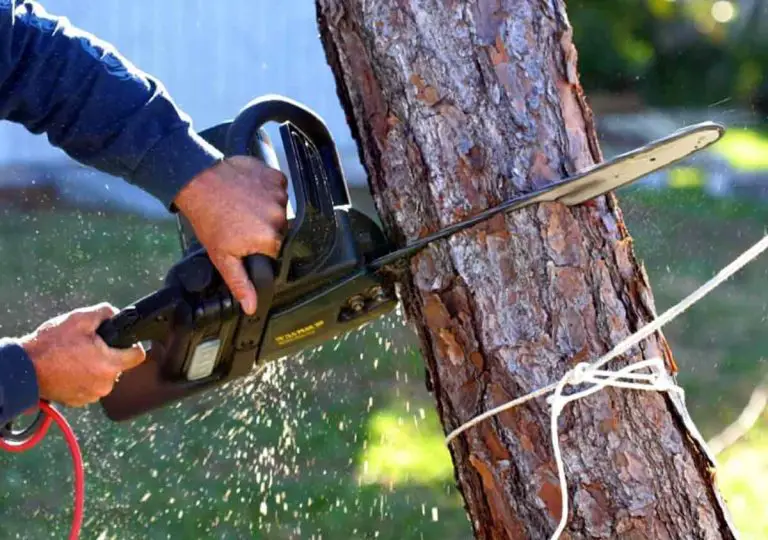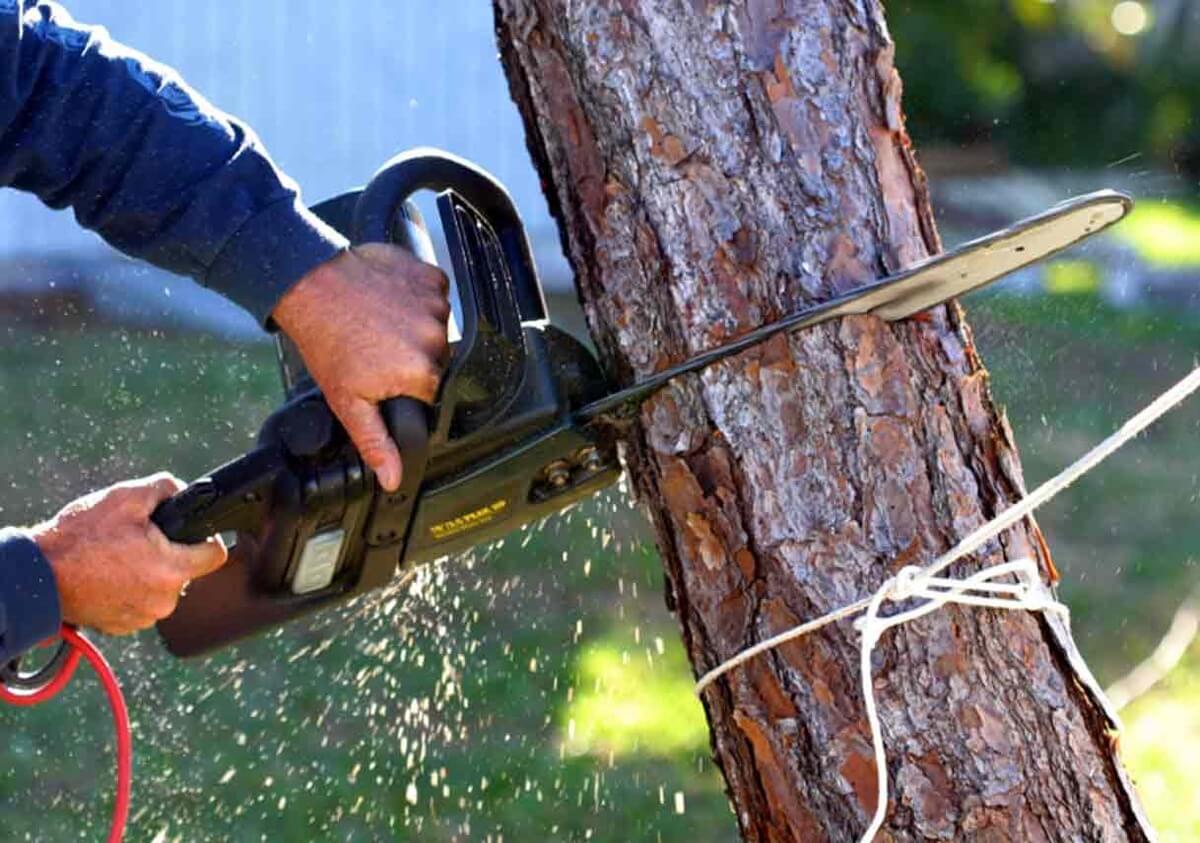Tree removal is a necessary aspect of maintaining the health, safety, and aesthetic appeal of many properties. While the task might seem straightforward, it involves a variety of methods and techniques to ensure it's done safely and efficiently. This article delves into the best methods for tree removal, emphasizing safety, efficiency, and cost-effectiveness. Whether you're a homeowner looking to tackle a DIY project or a professional arborist seeking advanced techniques, understanding these methods will help you make informed decisions.
Understanding the Need for Tree Removal
Before diving into the methods, it's crucial to understand why tree removal might be necessary. Common reasons include:
Disease and Decay:
Trees afflicted with disease or rot can pose a significant risk of falling.
Storm Damage:
Severe weather can weaken or damage trees beyond repair.
Safety Hazards:
Trees too close to buildings, power lines, or other structures can be dangerous.
Landscape Design:
Sometimes, trees need to be removed to make way for new construction or landscaping projects.
Methods of Tree Removal
1. Manual Felling
Manual felling involves cutting down a tree using handheld tools like chainsaws or axes. This method is suitable for small to medium-sized trees in open spaces where there's enough room for the tree to fall safely. Here’s how it’s done:
Assessment:
Evaluate the tree’s condition and surrounding area.
Notch Cutting:
Make a V-shaped notch on the side of the tree facing the direction you want it to fall.
Back Cut:
Make a horizontal cut on the opposite side, slightly above the notch.
Felling:
Once the back cut is made, the tree should begin to fall.
Pros:
Low cost, straightforward for small trees.
Cons:
Dangerous for large trees, requires significant physical effort and skill.
2. Sectional Dismantling
Sectional dismantling, or “piecemeal dismantling,” involves cutting the tree down in sections, starting from the top. This method is ideal for trees in confined spaces where a full fall would cause damage.
Climbing Gear:
Arborists use ropes, harnesses, and other climbing equipment to ascend the tree.
Cutting Sections: Small sections of the tree are cut and lowered using ropes or mechanical devices.
Pros: Safe for confined areas, minimizes damage to surrounding property.
Cons: Labor-intensive, requires specialized equipment and training.
3. Crane-Assisted Removal
Crane-assisted removal is a technique used for very large or hazardous trees. A crane lifts the tree or sections of it away from the area, ensuring safety and precision.
Cranes and Rigging:
The crane operator and arborist work in tandem to secure and cut sections of the tree.
Lifting and Removal:
The crane lifts each section away, lowering it safely to the ground.
Pros: Safe and efficient for large trees, reduces risk of property damage.
Cons: Expensive, requires coordination between crane operator and arborist.
4. Stump Grinding and Removal
After a tree is felled, the stump remains. Removing the stump is crucial to prevent new growth, eliminate tripping hazards, and avoid pest infestations.
Stump Grinding:
A stump grinder chips away the stump to below ground level.
Stump Removal:
For complete removal, the stump is excavated, roots and all.
Pros: Prevents regrowth, improves aesthetic appeal.
Cons: Stump grinding leaves roots intact, excavation can be laborious and costly.
5. Chemical Tree Removal
Chemical removal involves applying herbicides to kill the tree slowly. This method is less common but useful for specific situations, such as removing invasive species.
Application:
Herbicides are applied to the tree's bark, foliage, or root system.
Decomposition:
Over time, the tree dies and decomposes.
Pros: Low physical effort, effective for certain types of trees.
Cons: Slow process, potential environmental impact.
Safety Considerations
Tree removal services is inherently risky. Ensuring safety involves:
Protective Gear: Always wear helmets, gloves, eye protection, and appropriate footwear.
Assessing Hazards: Look for power lines, buildings, and other obstacles.
Proper Training: Only attempt tree removal if you have the necessary skills and knowledge.
Hiring a Professional Tree Service
For complex or hazardous tree removals, hiring a professional tree service is often the best option. Here's what to consider when choosing a service:
Certification: Look for ISA-certified arborists.
Experience: Check the company's track record and reviews.
Insurance: Ensure they have liability and worker's compensation insurance.
Equipment: Make sure they use modern, well-maintained equipment.
Environmental Considerations
Tree removal can impact the environment. Consider these factors:
Replanting: Replace removed trees to maintain ecological balance.
Recycling: Use the wood for firewood, mulch, or other purposes.
Permits: Check local regulations and obtain necessary permits.
Cost of Tree Removal
The cost of tree removal varies widely based on factors such as tree size, location, and method used. Here's a rough breakdown:
Small Trees: $150-$500
Medium Trees: $500-$1,000
Large Trees: $1,000-$3,000
Extra Large Trees: $3,000+
Additional costs for stump grinding/removal, debris cleanup, and permits may apply.
DIY Tree Removal Tips
If you decide to tackle tree removal yourself, follow these tips:
Assess the Tree: Ensure it's safe to remove without professional help.
Use Proper Tools: Invest in quality chainsaws, ropes, and safety gear.
Plan the Fall: Determine the safest direction for the tree to fall.
Work with a Partner: Always have someone to assist and call for help if needed.
Conclusion
Tree removal is a multifaceted task requiring careful planning, appropriate methods, and a strong emphasis on safety. Whether you choose manual felling, sectional dismantling, or crane-assisted removal, understanding the pros and cons of each method will help you make the best decision for your situation. While DIY tree removal can be cost-effective, hiring a professional service ensures the job is done safely and efficiently, particularly for large or hazardous trees. Remember to consider environmental impacts and explore options for replanting and recycling. With the right approach, tree removal can be conducted smoothly, ensuring the safety and beauty of your property.





